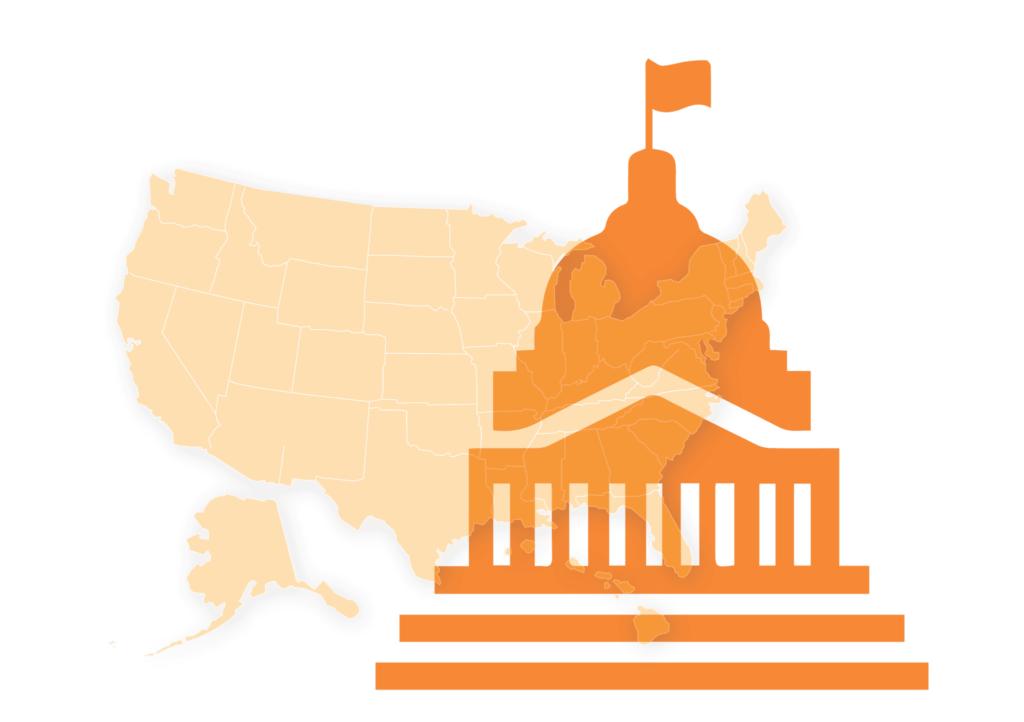Chairman Alexander, Ranking Member Murray, and members of the Committee, thank you for the opportunity to testify on how we can ensure students, educators, school staff, and their families are prioritized as we consider the safest, most equitable way to reopen our nation’s schools in the midst of COVID-19.
Before discussing this in more detail, however, I’m compelled to lift up that when our students return to school buildings, they will need additional supports as they grapple with the continued reality of racism in America and the legacy of over 400 years of anti-Blackness. The murders of George Floyd, Breonna Taylor, and Ahmaud Arbery have once again sent the message to Black students that their lives are devalued. As schools reopen, our nation’s students of color and their families also find themselves enduring a pandemic that disproportionately impacts their health and safety, mired in an economic crisis that disproportionately affects their financial well-being, and living in a country that too often still struggles to recognize their humanity.
School closures due to the pandemic, although unquestionably necessary to protect public health, have had a disparate impact on students of color, students from low-income backgrounds, students with disabilities, and English learners. Historically underserved students have disproportionately experienced less access to devices and to internet service, teachers with less support around online learning in under-resourced districts, parents less able to telework and support their learning during the day, and more socioemotional stressors. Despite the heroic efforts of many educators, many students and families have not received the academic or socioemotional support they need. As we look together, as a nation, toward the 2020-21 school year, we must ensure that all students — and especially our most vulnerable — get the educational resources they need.
We urge Congress to take the following actions:
First: Increase federal investment in education. State and local education budgets have been — and will continue to be — devastated by the loss of tax revenue. Without Congressional action, there will be no conceivable way to avoid layoffs and hiring freezes disproportionately impacting educators and staff at high-poverty schools, and the public health requirements to ensure a safe re-opening of a school won’t be able to be met in too many places. Over 70 stakeholders have called on Congress to allocate at least $500 billion for state and local governments, including at least $175 billion for K-12 education.
Second: Ensure states and districts do not walk away from the students who have been hit hardest by this crisis. New federal stimulus funding should include a strong maintenance of effort provision and add a maintenance of equity provision to apply to both states and districts. Together, these requirements would maintain education spending at the same percentage of state spending as before the pandemic and shield the highest-need schools and districts from the worst cuts.
Third: Ensure distance learning is possible for every student. Before the pandemic, 79 percent of White households had broadband access, compared with only 66 percent of Black families and 61 percent of Hispanic families. The lack of equitable access to broadband is not only an immediate distance learning issue and an obstacle to effective implementation of hybrid models in the fall, but also an emergency preparedness issue in the event of further widespread closures. To ensure home access to broadband for students is possible, Congress should allocate at least $4 billion to the FCC’s E-Rate program to provide hotspots and devices for students who require them.
Fourth: Help schools and teachers address the significant learning loss caused by the pandemic. Congress should allocate dedicated funds to help schools add more learning time, such as through summer school, an extended school day or school year, or afterschool programming.
Fifth: Address students’ nutritional, social, emotional, and mental health needs. Congress must extend and expand the Pandemic EBT program to enable more children to receive meals while not in school, and ensure students’ and educators’ socioemotional and mental health needs are met through funding additional counselors and other mental health professionals in schools.
Finally: Congress must not step back from its important role in protecting students’ civil rights. ESSA and IDEA exist because the federal government wanted to ensure all students have equitable access to a high-quality education. That goal has not changed even with the current crises. Permitting blanket waivers to either law is dangerous and unnecessary. We also urge Congress to ensure that the Department of Education follows Congressional intent in applying the Title I equitable services provision to the CARES Act. The Department’s current interpretation would steer money away from low-income public school students and into the hands of wealthier private schools, an idea rejected by several states and one the committee should reject as well.
Students will return to education in the fall having had vastly different school and life experiences with inequities further exacerbated by the health and economic crises. We have the public health data to help drive decision making on when students return to school, and now, we need to target the appropriate resources and supports to help students, educators, and school staff recover and prevent any further widening of inequities. Thank you for the opportunity to speak with you today. I look forward to taking your questions.




